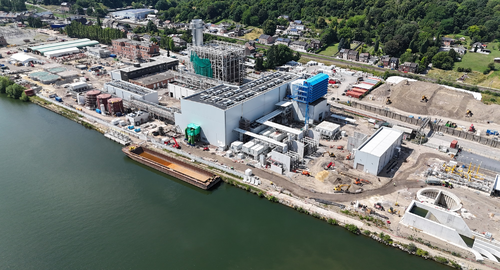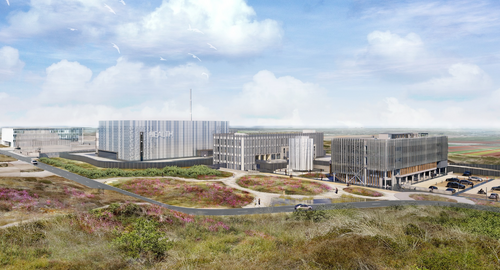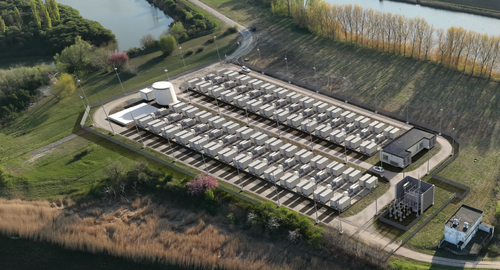The structural engineer develops the framework of a construction and ensures its stability. They calculate resistance, strength and rigidity and make sure the right materials are used for each project, whether it’s a new build, conversion or renovation.
Let’s meet Madeleine, one of our structural engineers in Belgium who will tell us more about her role.
Madeleine, why did you become a structural engineer?
I’ve always been interested in buildings. As a little girl, I would go through the stack of old hand-drawn architectural drawings from my ancestors stored at my parents’ house. As an adult and throughout my studies, I realized that I was good at was finding solutions to various problems, optimizing processes. I was also interested in the application of theory principles and how they translate to practical approaches. Construction and structural engineering combine all these aspects.
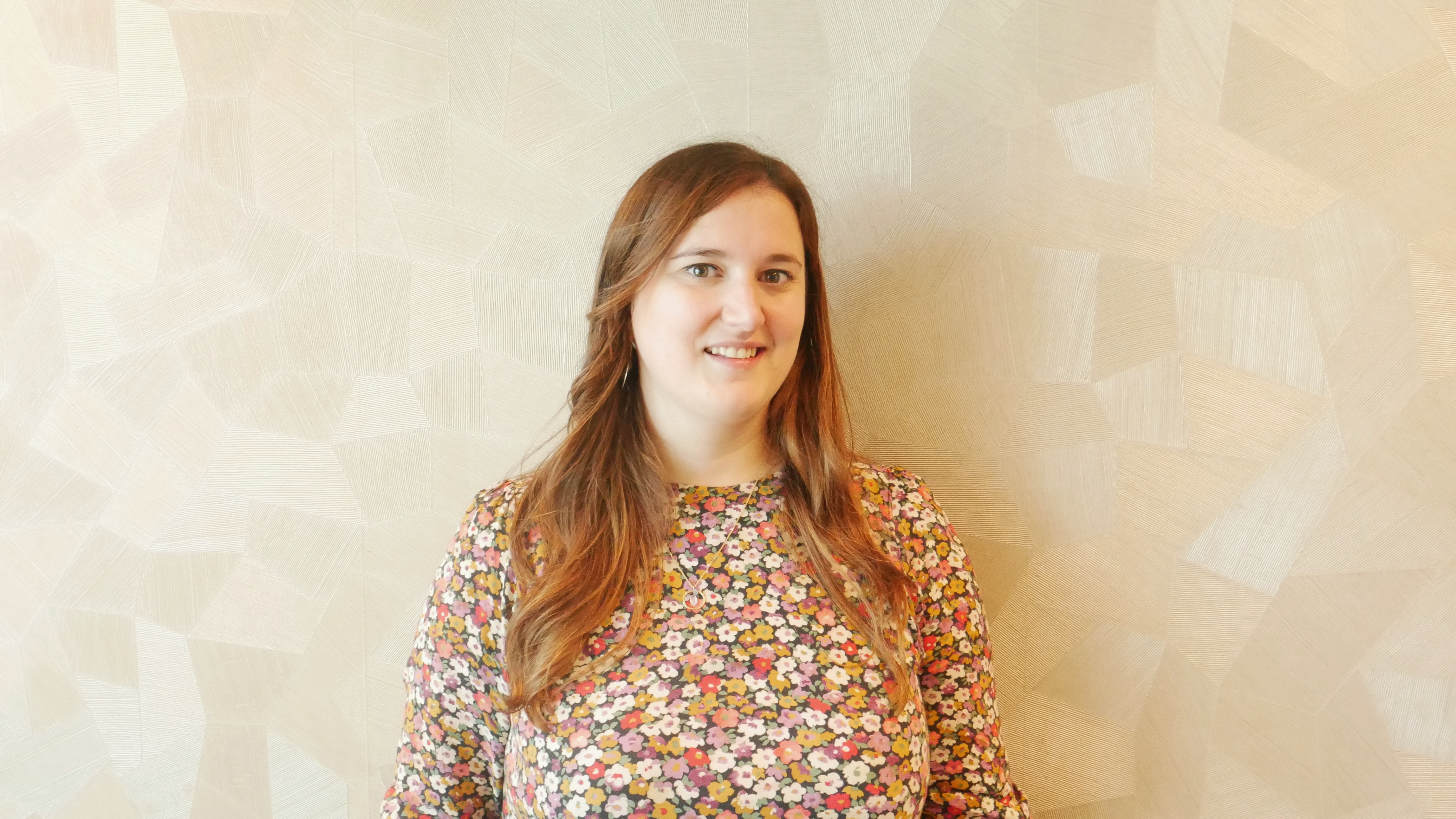
Madeleine, structural engineer at Tractebel in Belgium
What does a structural engineer do?
As structural engineers, we’re responsible for the structural solutions in a building or civil engineering infrastructure. We design all the bearing elements, from the predesign phase through execution.
We collaborate with draftspeople who draw up the formwork, while we write the technical specifications so that the client can launch the tenders to choose the contractor for the building construction. During the execution phase, we do the final calculations and follow up on-site to supervise the execution.
How do you decide which structure to use for a building?
The process usually starts by pre-designing the bearing elements and choosing their materials, with the architects' first layout and the client's input. Then the architects discuss the size and position of these bearing elements, so that they can be integrated into their architectural vision of the building.
The design takes into account elements such as the architects’ plan, the client's wishes, costs, results of soil investigations, climatic loads and construction norms.
What about the aging buildings, how can you ensure their stability over time?
A large part of Belgian real estate, parks and infrastructures were built between the 1950s and 1970s, and are now reaching the end of their expected life span.
The first step is to assess the condition of the concrete structure with visual inspections to detect signs of structural disorder. Then, to complement the visual inspections, we carry out a series of investigations and tests to determine the "concrete pathologies" we may encounter like carbonation, chloride infiltration and alkaline reaction. It’s like we’re doctors for concrete.
After assessing the condition of the concrete, we then evaluate how we can repair certain parts, if possible, and how and where to reinforce for future occupation and according to the client’s project for the structure.
Tell us about a particular project where you applied these principles
I’m currently involved in the feasibility study for the rehabilitation of a social housing estate in Brussels built between the 1950s and 1960s. There is advanced carbonation associated with chloride penetration, which leads to corrosion of the steel reinforcement embedded in the concrete. These steel rebars are essential to the strength of the structure.
To repair and restore the integrity of the structure, we would have to remove all the contaminated concrete and corroded steel rebars and replace them. There are many variables to take into consideration: the architectural potential of the building, the structural repairs or reinforcements needed, the environmental impact of the demolition/reconstruction or renovation, the project planning... And of course, the cost.
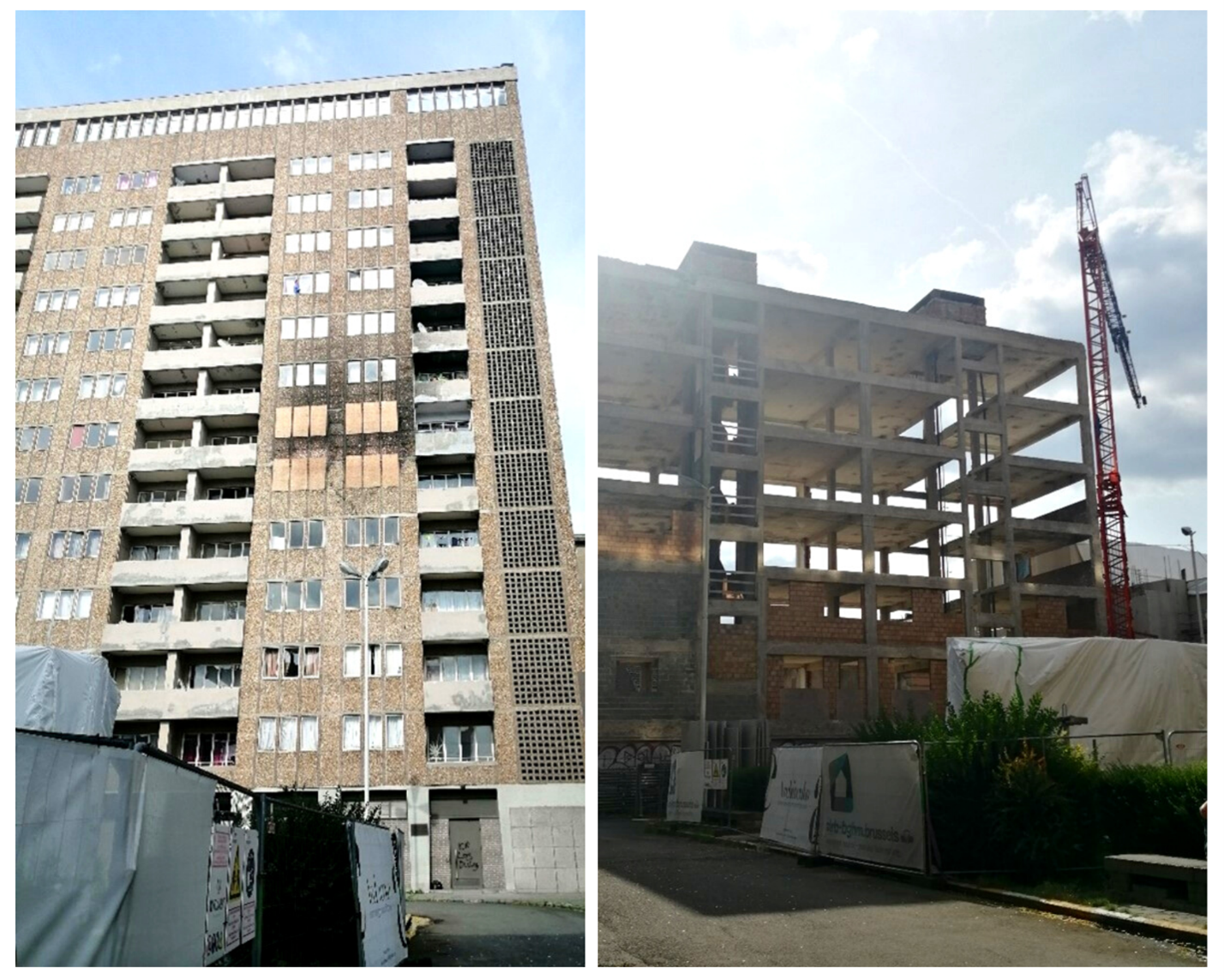
Madeleine is currently involved in the feasibility study for the rehabilitation of a social housing estate in Brussels
What is the most challenging aspect of your role as structural engineer and why?
I would say that the most challenging aspect is be able to find the balance between all the different actors and variables of the project. Every actor on a project has a different priority and is trying to push for theirs.
In the middle, there’s the structural engineer who tries to find a technical solution that complies with the aesthetic expectations of the architects, fits within the budget of the client and is practical to facilitate its realization by the contractor. But when you find a common ground for everyone, it's awesome!
Then the HVAC engineer comes along asking if he can make holes in every beam or wall ;-)
After a day at work, what do you like to do in your free time?
I love to escape in a good book, I usually do that during my one-hour train commute to and from work.
I also bake and cook. I love trying new recipes and organizing dinners for my friends and family! I often bring baked goods to the office to share with my colleagues on coffee breaks.

From concrete to cooking, Madeleine's passion for perfection shines through
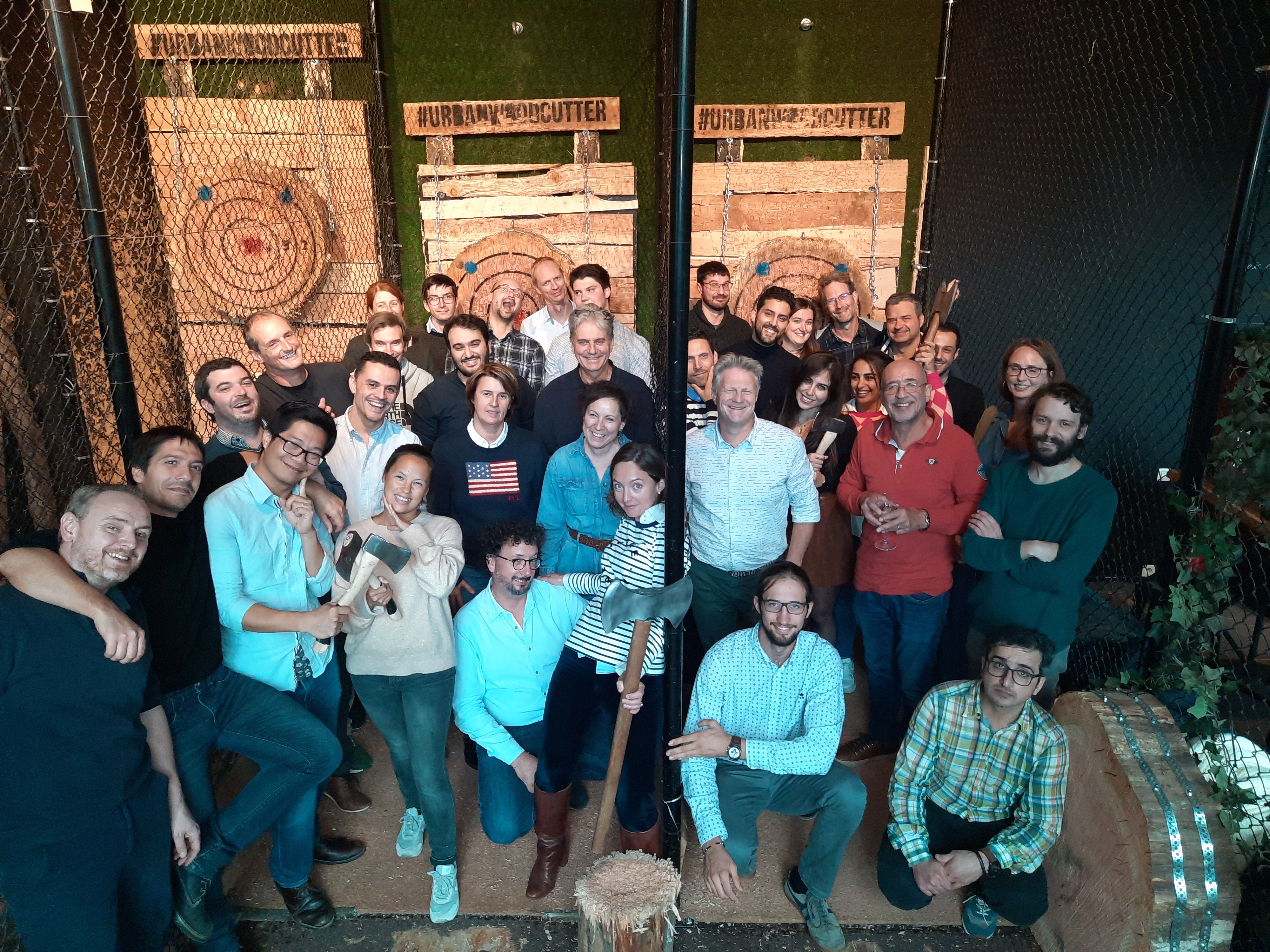
Madeleine and her Infrastructures team in Belgium
